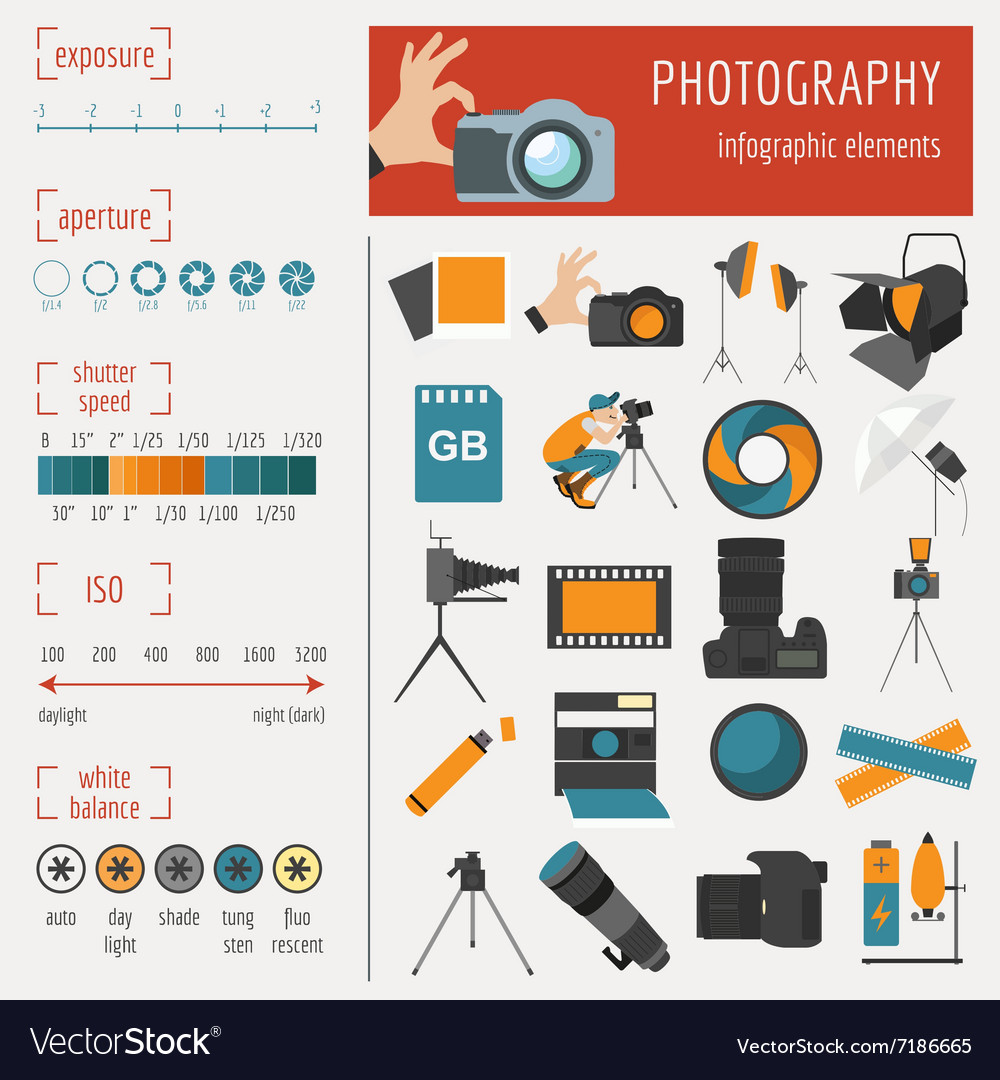What Every Professional Photographer Should Understand About Lighting
What Every Professional Photographer Should Understand About Lighting
Blog Article
Author-Rogers Covington
As a professional photographer, you recognize that lights can make or damage your pictures. Recognizing the nuances of both all-natural and artificial light is vital for recording the state of mind and clearness you go for in your work. Whether you're going after the excellent golden hour radiance or tweak your artificial configurations, understanding these aspects can boost your photography considerably. Yet there are common challenges that several overlook, and identifying them can change your strategy to every shoot. Allow's explore what https://telegra.ph/Open-Your-Mind-To-A-Globe-Of-Cutting-Edge-Photography-Ideas-That-Challenge-Conventions-And-Influence-Creative-Thinking-Revealing-01-09 may be missing and how it can impact your results.
Comprehending Natural Light
Understanding all-natural light is essential for any photographer aiming to enhance their work. It's the structure of wonderful digital photography, affecting state of mind, tone, and quality. When you fire outdoors, take note of the time of day. The gold hour-- quickly after daybreak and before sunset-- provides soft, warm light that can transform common scenes into stunning images.
Do not take too lightly the power of overcast days. Cloud cover diffuses sunlight, developing a soft, also light that's ideal for pictures and macro photography. You'll find colors pop in this sort of lighting without extreme shadows.
Positioning issues, also. Constantly consider your subject's orientation to the light source. If https://www.arabnews.com/node/1661416/lifestyle 's behind your topic, you might end up with a silhouette, which can be significant but mightn't be what you want. Alternatively, straight sunlight can develop unflattering darkness.
Experiment with angles; sometimes, changing your viewpoint can produce remarkable outcomes. Usage all-natural reflectors, like water or sand, to bounce light onto your topic, adding dimension.
Mastering Artificial Light
Understanding artificial light is necessary for digital photographers that wish to take their skills to the next level. Whether you're making use of speedlights, workshop strobes, or continuous lights, understanding just how to control these sources can drastically improve your pictures.
Beginning by familiarizing yourself with the fundamentals of light high quality, direction, and shade temperature level. Trying out various modifiers like softboxes, umbrellas, or grids to control the soft qualities or violence of the light.
You'll find that soft light usually produces complementary outcomes, while harsher light can include dramatization and deepness. Do not avoid darkness; they can boost the three-dimensionality of your topics.
Pay attention to the placement of your lights. A light positioned also close to your subject can develop uncomplimentary outcomes, while also away can bring about a lack of detail. Use a light meter or your camera's histogram to ensure you're revealing appropriately.
Finally, remember that synthetic light can be combined with ambient light for imaginative effects. Balancing these resources could take practice, but once you understand it, your photography will absolutely radiate.
Strategies for Different Circumstances
When you step into different shooting circumstances, adjusting your lighting strategies is important for catching the most effective photos. For outside pictures, use the gold hour-- morning or late afternoon light-- to soften shadows and enhance skin tones.
If it's a severe noontime sun, take into consideration utilizing a reflector to bounce light back onto your topic or seek shaded areas for an extra also direct exposure.
In low-light circumstances, like interior events, raise your ISO and utilize a large aperture to let in even more light. Visa photos can help eliminate electronic camera shake, enabling longer direct exposures without blurring.
If you're shooting at night, explore off-camera flash to develop vibrant illumination and deepness in your photos.
For product digital photography, use diffused illumination to prevent extreme reflections. Softboxes or light outdoors tents can aid achieve this effect.
When photographing landscapes, consider the direction of light and time of day, as it can dramatically change the state of mind of your shot.
Constantly be ready to adjust your settings and placing based on the scenario, as versatility is crucial to grasping illumination in photography.
Conclusion
Finally, understanding lights is vital to boosting your photography skills. Embrace natural light's appeal during golden hour, and don't shy away from experimenting with synthetic light techniques. By adjusting your technique to various situations, you'll capture magnificent images that resonate with emotion and clarity. Remember, the appropriate lighting can change a regular shot into something amazing, so maintain exercising and fine-tuning your understanding of both natural and man-made light. Happy capturing!
